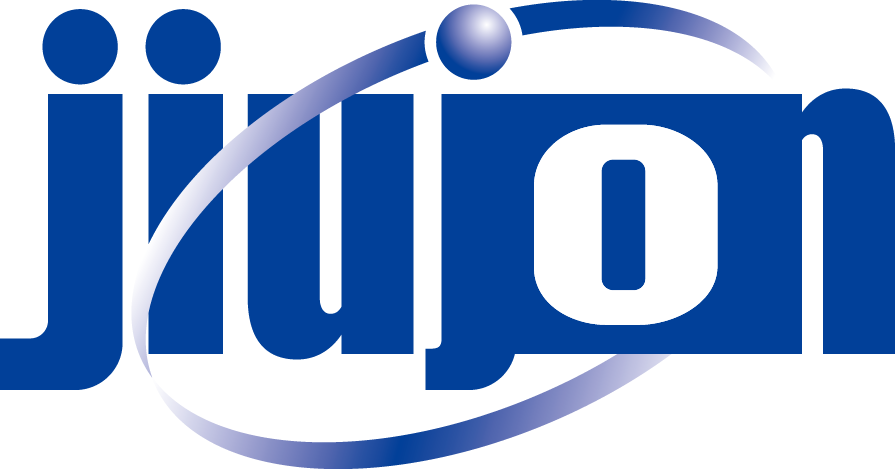Laser rangefinders, as a high-precision measuring tool, have been widely used in various fields such as autonomous vehicles, drone equipment, power inspection, water conservancy monitoring, communication base station positioning, environmental monitoring, construction, geological exploration, law enforcement, fire rescue, and navigation. The collaborative work of optical components in laser rangefinders enables comprehensive control of the entire process from the emission, transmission, to the reception of optical signals, as detailed below:


Optical Filter
Optical Filters in Laser Rangefinders: Key Optical Components
Optical filters are critical optical components in laser rangefinders, with their core function being to selectively allow only the laser signals of specific wavelengths to be received by the rangefinder. This capability enhances the accuracy and reliability of measurements.

01 Working Principle:
The optical filter is made from optical glass (such as K9 or BK7) as the substrate and is produced using precision coating technology. Its central wavelength is matched to the laser wavelength used by the laser rangefinder (e.g., 635nm, 905nm, 1550nm, etc.), allowing only light within a specific wavelength range to pass through while filtering out stray light and other interference signals from the environment.
02 Technical Specifications:
1.Central Wavelength: Must strictly match the laser wavelength to ensure optimal transmission performance.
2.Half-Peak Bandwidth: A narrower bandwidth results in higher measurement accuracy but may reduce signal strength; conversely, a wider bandwidth increases signal strength but may decrease accuracy.
3.Peak Transmission Rate: The higher the transmission rate, the stronger the filter’s ability to transmit laser signals, which is beneficial for improving measurement sensitivity.
03 Application Scenarios:
1.High-Precision Measurement: In scenarios requiring millimeter-level precision (such as construction surveying and industrial manufacturing), narrowband filters ensure that the laser rangefinder receives a clean laser signal.
2.Strong Interference Environments: In environments with complex lighting or other laser sources (such as outdoor construction and autonomous driving), filters with high cutoff depth can reduce interference and improve measurement accuracy.
PART.02
Optical Mirror
The "Auxiliary Tool" for Signal Enhancement
Mirror are auxiliary components used in laser rangefinders to enhance the reflected laser signal, typically placed on the target object.


01 Working Principle:
Mirror utilize high-reflectivity coatings to reflect the laser signal back to the rangefinder, thereby increasing the strength of the reflected signal.
02 Performance Indicators:
1.High Reflectivity: Ensures efficient reflection of the laser signal, minimizing energy loss.
2.Low Scattering Rate: Prevents the reflected light from scattering in non-target directions, improving signal purity.
3.Stability: Maintains stable performance in harsh environments (such as high temperatures and humidity), ensuring long-term reliable use.
4.Long-Distance Measurement: In scenarios requiring measurements over distances of several dozen meters or even hundreds of meters (such as power inspection and geological exploration), Mirror can significantly enhance the reflected signal, improving measurement accuracy.
5.Low Reflectivity Targets: When the surface reflectivity of the target object is low (such as dark-colored objects), Mirror can compensate for insufficient signal strength.
PART.03
Technical Progress and Future Trends
With the continuous development of laser ranging technology, optical components are evolving towards higher precision, greater reliability, and broader applications. The following are some key trends and advancements in this field:


01 High-Precision Filters
By optimizing coating processes and material selection, it is possible to achieve narrower bandwidths and higher transmission rates, meeting the demands for millimeter-level measurements.
02 Flexible Optical Components
Flexible filters and lenses are produced using stretchable materials (such as silver nanowires combined with silicone), allowing them to adapt to curved or irregular surfaces for measurement.
03 Integrated Design
Integrating filters, lenses, and detectors into miniaturized modules reduces the size of the rangefinder and lowers costs. This integrated design not only enhances the portability of the device but also simplifies the system structure, improving overall performance.
04 Anti-Interference Technology
Developing filters with higher cutoff depths and wider cutoff wavelengths to meet measurement needs in complex environments. This will enable laser rang efinders to maintain high-precision measurement capabilities even in challenging lighting conditions or when other laser sources are present.
Conclusion
In summary, optical components play a crucial role in laser rangefinders. As the technology of laser rangefinders continues to advance, optical components will also progressively improve, providing precise and reliable measurement support for high-tech applications. The future of optical components will be characterized by increased intelligence, integration, and adaptability, laying a solid foundation for the widespread application of laser ranging technology.
Post time: Jul-29-2025



